
The breakthrough therapy designation was filed for the use of leronlimab as an adjuvant therapy for patients with metastatic triple-negative breast cancer.

Your AI-Trained Oncology Knowledge Connection!


The breakthrough therapy designation was filed for the use of leronlimab as an adjuvant therapy for patients with metastatic triple-negative breast cancer.

This research could potentially pave the way for possible immunotherapy approaches for common forms of non-Hodgkin lymphoma.

Data from the ongoing phase I/II ARROW clinical trial will be used to support a new drug application submission for pralsetinib to the FDA for the treatment of patients with RET fusion-positive non-small cell lung cancer.

This study indicated the necessity for healthcare providers to initiate discussions on the experience of hearing loss for cancer survivors, as well as care options and interventions.

Authors indicated that reductions in smoking and treatment breakthroughs have led to this steady decline.

Researchers found that patients in this study used a number of unsafe practices to limit opioid use, including turning to other substances to avoid “harder medicines.”

Though physical activity guidelines are largely based on chronic diseases like cardiovascular disease and diabetes, these data suggest they are important to cancer prevention as well.

The approach was created by the University of Michigan Rogel Cancer Center to limit variability and investigator bias.

Researchers suggest that improved communication at the facility-level and health-system level could significantly improve the care of nursing home residents with poor-prognosis cancer.
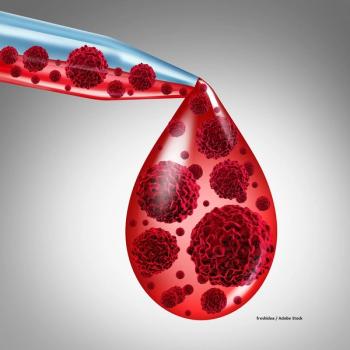
Researchers used next-generation sequencing to analyze the landscape of neoantigens, identifying neoantigen-specific immune cells triggered by immunotherapy.

The study evaluating itacitinib in combination with corticosteroids in patients with treatment-naïve acute graft-versus-host disease did not produce statistically significant results.
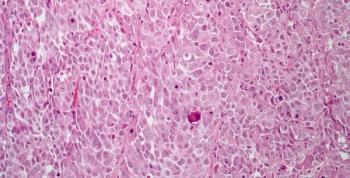
The study found that patients who were randomized to receive avelumab and best supportive care lived significantly longer than those who only received best supportive care.

Compared with anti-PD-L1, anti-PD-1 offered a comparable safety profile while also exhibiting favorable survival outcomes in patients with solid tumors.

These results could present an opportunity to broaden inclusion criteria on clinical trials and intensify chemoradiotherapy treatments.

When treatment decisions were made using a prostate genomic classifier after radical prostatectomy in men with prostate cancer, patient outcomes significantly improved.
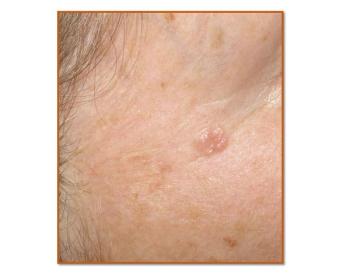
The recommendations defined when and how radiation therapy should be used to treat patients with basal cell carcinoma and cutaneous squamous cell carcinoma.

Single dose radiotherapy may be as effective as 5 doses for patients with spinal canal compression from metastatic cancer.

To improve quality of life for patients with depression, researchers indicated it is crucial to provide referral and follow-up mental health care for patients with non-small cell lung cancer.

Stroke and stroke recurrence were associated with increased mortality and a negative impact on health-related quality of life measures in survivors of pediatric cancer.

Even in light to moderate levels, alcohol consumption appears to be associated with elevated cancer risks in Japan.
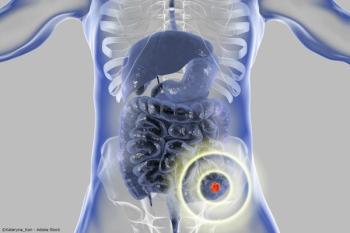
The final results from the evaluation of 42 patients, based on predefined criteria, indicated that the therapy warrants further study.

Results in this study suggested that targeting fusions led to considerably high response rates and longer progression-free survival.

Recommendations defined when and how radiation therapy should be used to treat patients with basal cell carcinoma and cutaneous squamous cell carcinoma.

Researchers indicated that among men age ≥66 with prostate cancer, organ transplant is associated with higher overall mortality but no observable difference in prostate cancer-specific mortality.

The combination of encorafenib and cetuximab has shown promise in clinical testing for the treatment of patients with unresectable or metastatic melanoma with a BRAFV600E or BRAFV600K mutation.

Patients recently diagnosed with ovarian cancer indicated that they would accept a moderately higher risk of complication and surgical mortality in exchange for higher overall survival.

A retrospective study found that 40% of all patients with metastatic colon cancer are not tested according to guideline recommendations for biomarker testing.
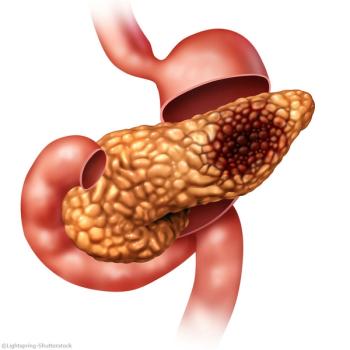
The PARP inhibitor was recommended as a first-line maintenance monotherapy for patients with germline BRCA-mutated metastatic pancreatic cancer.

The anti-PD-1 therapy was recommended as a treatment for certain patients with high-risk, non-muscle invasive bladder cancer.

The submission to the FDA for the investigational CAR T-cell therapy is based on data from the phase II ZUMA-II trial for the treatment of adult patients with relapsed/refractory mantle cell lymphoma.